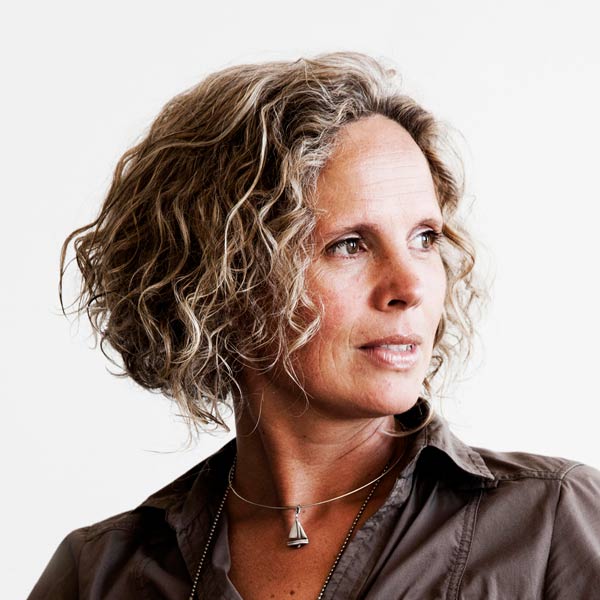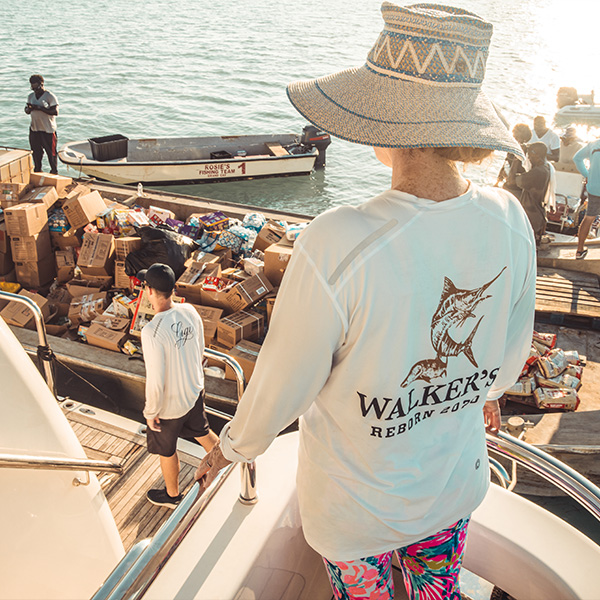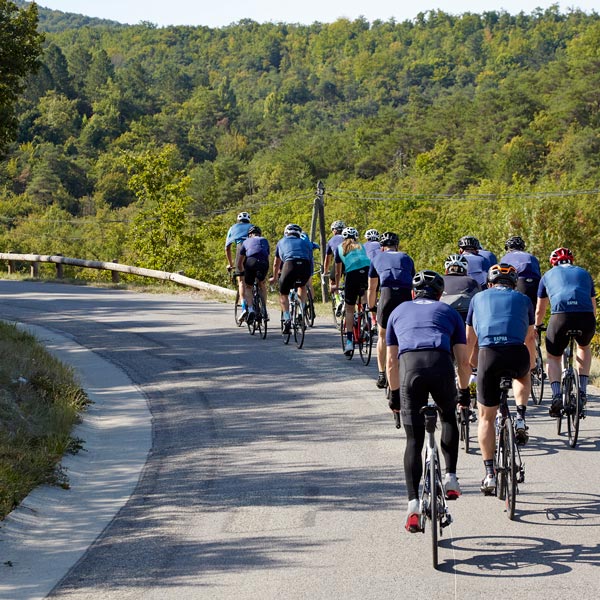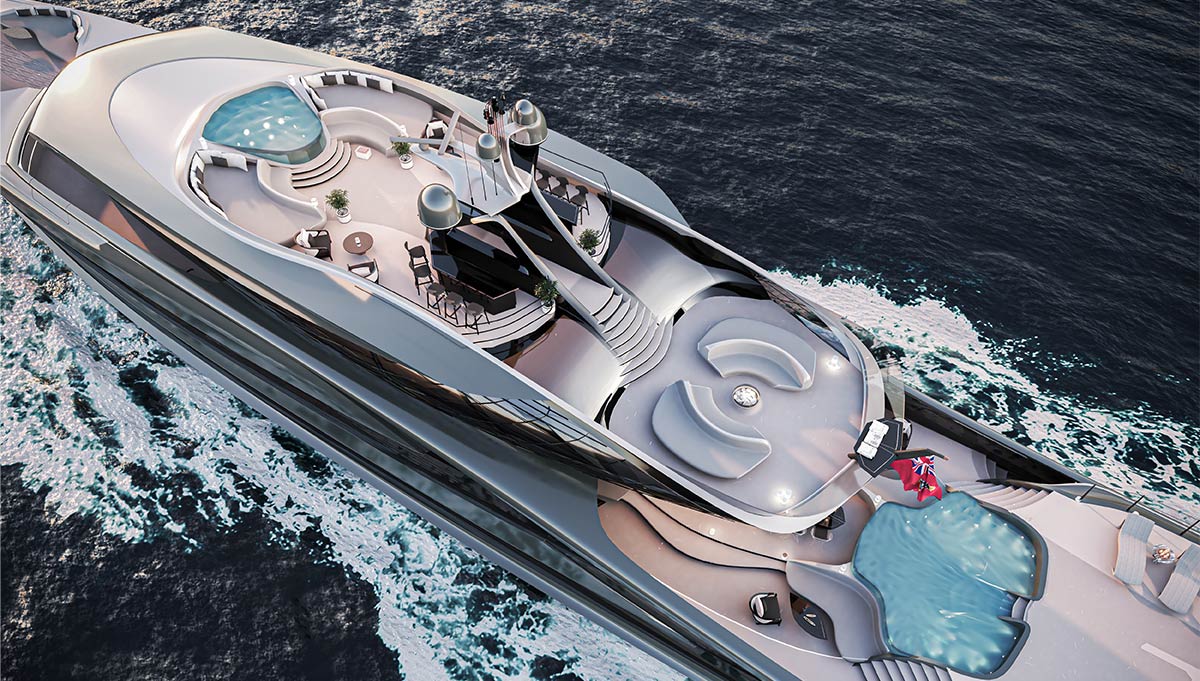
Project zero

Project zero
Zero to hero
Advancing technology and growing environmental consciousness are combining to drive change in all aspects of our lives and, as recent projects show, superyachts may well turn out to be in the vanguard of this evolution.
The future. It’s in our nature to try to predict it; for some, it’s their mission to try to design it; and for a few, it’s their passion to try to build it. This is never more true than in the field of superyachts, where resource and determination occasionally collide to create something truly extraordinary.
Sometimes that comes from a shipyard. In the early 2000s, Feadship would unveil every September at the Monaco Yacht Show a Feadship Concept, based on an inhouse-created brief, and designed to consider what was somewhat out-there yet feasibly possible to build within five years. In 2010, that concept was called Breathe – a design that explored biomimicry (the application of features found in the natural world, such as whale-fin styled rudders) and hybrid propulsion in equal measure. Intriguing, definitely, but a little far-fetched? Not for one visionary owner, who borrowed principles from Breathe and other Feadship concepts and put them into what would become the 83-metre hybrid yacht Savannah.
Lürssen, too, is looking to the future by seeking to build a hydrogen fuel cell-powered yacht for the first time. Royal Huisman had made its mark in 1990 with the launch of the sailing superyacht Cyclos III, which featured a bank of batteries instead of a generator for hotel loads – a feature that was way ahead of its time, and therefore no surprise when Silicon Valley star Bill Joy worked with Royal Huisman to develop his 2009-launched yacht Ethereal, which – among many other technological developments – was designed around using fuel cells. The tech wasn’t ready by launch in spite of Joy funding extensive R&D, but the yacht is ready for the tech when it finally matures, and his push undoubtedly advanced the development of fuel cells at the time.
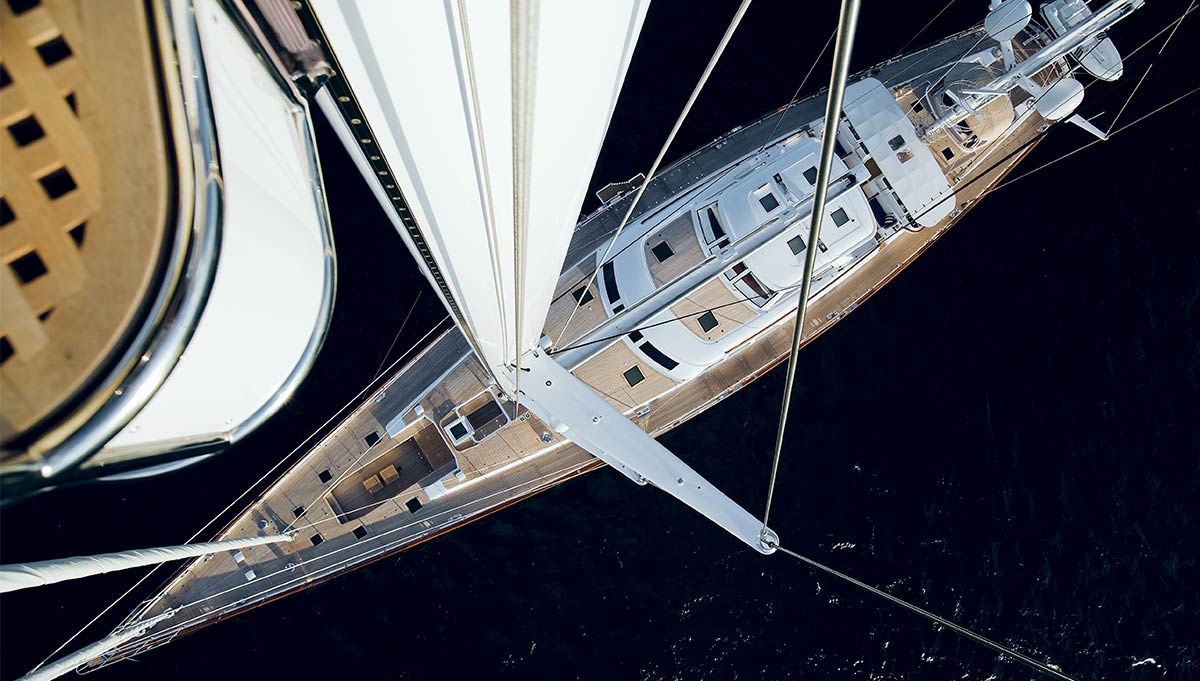
Ethereal Photo: Franco Pace

Ethereal Photo: Franco Pace
It’s one of the great things about superyachts, and the owners who build them. “Relatively speaking, it’s prototyping every time,” offers Marnix Hoekstra, Partner and Co-Creative Director at Dutch naval architecture studio Vripack. “We don’t need to spend a five-year cycle developing a car and then producing it 100,000 times – we’re engineering this amazing village on the water, which is more difficult than sending something to the moon.”
Moonshots are a fitting comparison, because the Vripack office is currently full of designs, sketched ideas and working prototypes of all sorts of interesting, almost alien, things. It’s partly because the Vripack team is working with another of those committed owners to develop a Fossil-Free 70-metre yacht codenamed Project Zero. “This couple are doing what Bill Joy and all those others did,” Marnix says. “They are putting their money where their mouths are and paying for the innovation, allowing us to fail and to learn from those failures and to stand up and go faster the next time. And Project Zero isn’t just Vripack – we’re working with a big group of international experts.”
Project Zero epitomises that leap into the unknown, and it forms a bedrock of future development. Take, for example, the idea of fuel and power. “We are big believers that there has to be a better alternative for storing energy than fuel,” Hoekstra asserts. “We’re quite a long way from getting the energy density that fuel offers – but we can’t use fossil fuels anymore.” The lowest hanging fruit, says Hoekstra, is biofuel, which is produced from plants and which can be run in conventional diesel engines. But beyond that, Hoekstra is convinced that batteries are the answer – although not in the form you might think. “The future should be bio-based batteries,” he states. “There are alternatives around, and we have working prototypes in the Vripack studio of batteries based on seawater, beach sand and seaweed – using a very sophisticated ceramic cathode/anode system we can harness the energy in those things, and it is safe and it is completely bio-degradable.” Hoekstra estimates that efficiently harnessing the energy contained in the sea and the beach – the most natural environments of all for a superyacht – will have been achieved by 2035.
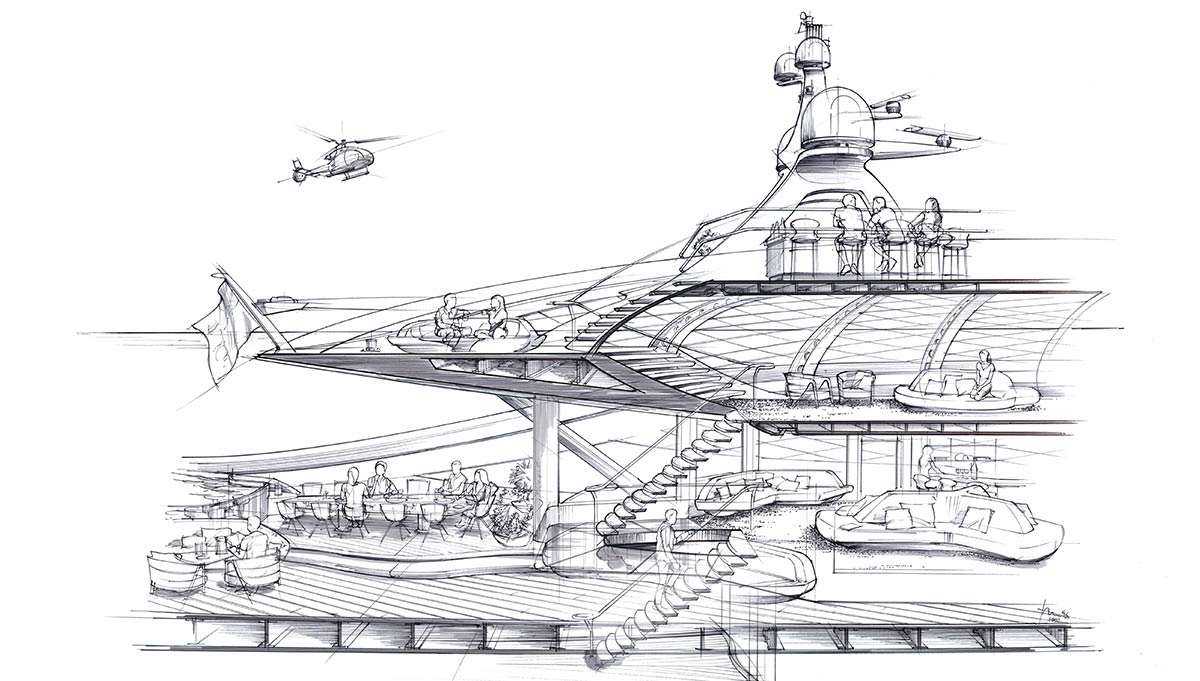
Project zero sketch

Project zero sketch
It’s not just about innovation in design, though – we have to look at how we can make yachting more sustainable to make sure it even has a future. There is work going on in all aspects, not only in alternative fuel sources and in using, for example, sustainable solutions in place of ravaged materials such as teak, but also in our approaches to yacht building and a yacht’s lifecycle – something that the Water Revolution Foundation has been exploring with the development of its Yacht Environmental Transparency Index. The sea change is coming.
“I think,” Hoekstra muses, “the biggest change will come when we start looking at yachts as temporary harvesting and storage facilities of energy, and if we do that we start looking at the materials we use and the way we use them, as well as asking questions like how can we use seawater, which is one of the world’s largest energy fluids, or the sun, or wind? This is where the big changes will be, and it’s the convergence of these that we’re studying in Project Zero.”
It doesn’t stop there. Hoekstra is also working on something called a CCB – controlled circular processor – which essentially reverts materials, and in particular plastics, back into their raw, constituent forms. “Micro plastics in the water are a really serious problem that we need very rapidly to find solutions to,” he warns. “But with this multi-year project with a group of European scientists and universities we’re developing the CCB which will be able to take in water, deconstruct the micro-plastics into oil and other crude materials and deliver clean water back into the oceans. If we could get that on every boat out there,” he adds, “then we could actually solve a problem that we have created.”
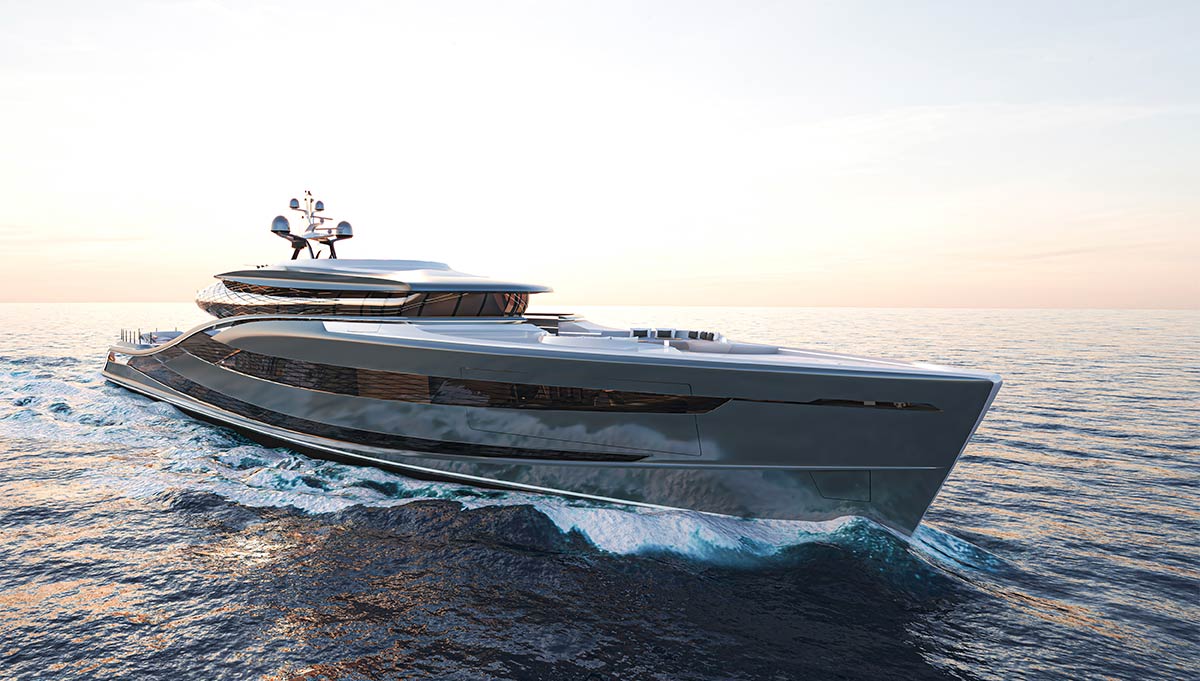
Project zero

Project zero
The truth, of course, is that, try as we might, it’s hard to predict even what is just around the corner. “I don’t think we are anywhere near the limits of possibilities in innovation, and it’s going to be mind-boggling what we’ll achieve in the future, and in a very big way,” Hoekstra concludes. “I see the convergence of computing power, of biomimicry and the structure of hulls and appendages based on this, and we will be able to do so much more research in a much shorter time. We will jump into a whole new step of innovation, and we will be doing this at an exponential rate – I can’t even imagine what the future will be.” If superyachting’s recent past is anything to go by, exciting might be a fair guess.

